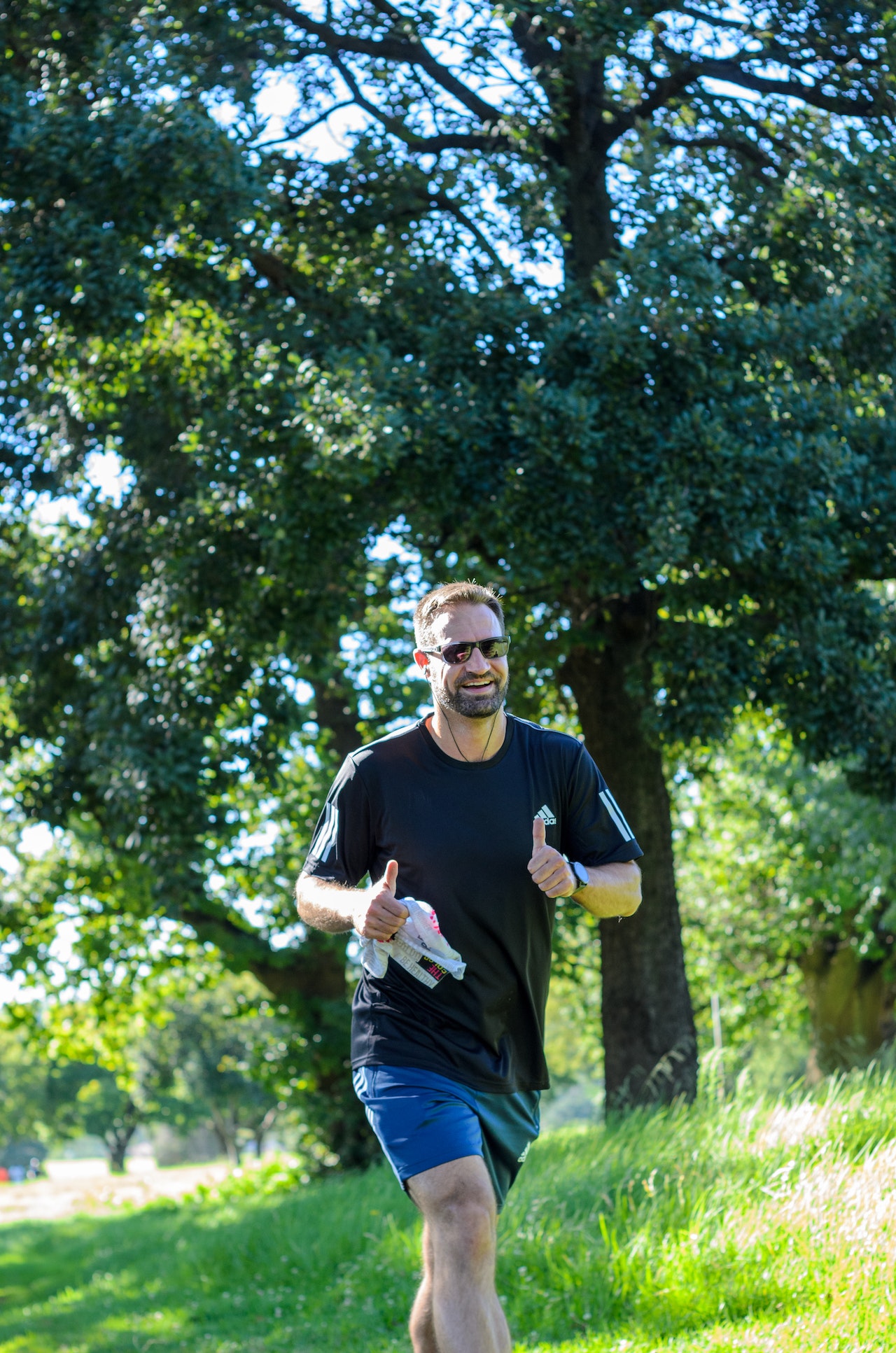You stopped your sports activities a long time ago for many reasons (illness, accident, pregnancy, travel, or work that took up a lot of time and left little room for anything else, etc.), but now you feel the need to move to free your mind and get back into a healthy rhythm of life. This post will help you if you want to start exercising again.
1. Take stock
After a long period of inertia, you feel that taking up a sport is necessary, that it will boost your vitality and relieve your minor daily ailments. Sports adapted to your capacities, a healthy diet, and a possible work on stress (psychotherapy, sophrology, yoga, etc.) are good ingredients for the mind and the body.
Before you start, it is important to take a moment to take stock of your health and your equipment.
Take a health check
Visit a doctor for a health check-up and an exercise test that will take into account your age, if you have risk factors (smoking, excess weight, cholesterol, high blood pressure, etc.) or if you have just given birth: in the latter case, you need to know the state of your perineum and strengthen it if necessary, before resuming sports.
Take a look at your equipment
Before returning to your sport, check your equipment and note what needs to be replaced. Ask specialized vendors about new products that could be useful in your sport or equipment adapted to your new sport.
In any case, don’t neglect these two constants:
- if you have chosen a sport that requires a lot of running: shoes with good cushioning;
- for women: a suitable bra that provides good support for your breasts.
2. Review certain lifestyle habits
To enable you to return to sport in good condition, introduce or reinstate a few simple habits into your life.
Get back into shape
Your body needs to get used to the new rhythm you are proposing to it, even if it has been like this in the past: sedentary life has gradually modified your body, and you may have some surprises…
Some ideas:
walk every day in nature and breathe, in the forest or a park, on various terrains;
use your bicycle for short trips;
Take the stairs instead of the elevator;
Use a stepper, which mimics the motion of climbing stairs, for 20-30 minutes a day.
Tips: Walking is especially good for chronic pain, fibromyalgia, or osteoarthritis. Jumping rope and stepping are not recommended activities after childbirth.
Review your sports diet and your sleep
To keep up your efforts when you return to sport, give your body the energy and rest it needs.
Eat a little before sport to avoid hypoglycemia or minor discomfort.
After a sports session, eat foods rich in carbohydrates and proteins that replenish your body’s strength and evacuate the lactic acid responsible for muscle soreness.
Drink enough water (about 1.5 liters per day) during exercise to prevent muscle damage and compensate for water loss afterward.
Ban sugary and acidifying drinks
A good night’s sleep is essential after a physical effort.
Eat light and go to bed early after practicing your sport.
3. Practice with method

Resume any physical activity gradually and find a rhythm that suits you.
Train gradually
Get back into your long-abandoned sport from a low level. Because you’ve done it before, your progress will be faster than if you were starting. Plus, you’ve probably remembered the safety rules for your sport.
If you want to start with another sport, start with running because it is the most basic exercise that allows you to train gradually toward your new activity.
As an example:
do 30 minutes of walking at a brisk pace each day;
the following week introduce 10 minutes of slow running;
gradually increase your running time to 12-15 minutes at your own pace;
always alternate each period of running with walking and finish with some walking.
Advice: long distance running is not recommended after childbirth. If overweight, stick to 30 minutes of walking, without running periods, and an appropriate diet.
Be regular and disciplined
To obtain significant results on the muscular, respiratory and cardiovascular levels, practice between 2 and 3 hours of sports activity per week. This moderate and accessible rhythm implies a rigorous but indispensable discipline if you want to take up the sport seriously.
Make sure that your weekly rhythm is regular.
Cover up after exercise.
Do not lie down until your body has completely calmed down.
Observe one rest day per week.
Don’t skip warm-ups and stretching
Any sporting activity should include a warm-up before and a stretching session after.
Before starting, it is essential to warm up the muscles that will be used during the effort. For example, run at a slow pace for a few minutes or do some bending/extending. The goal is to feel your breath and your muscles slowly increase in intensity and to avoid the risk of cramps.
Stretching is mandatory after sports to avoid cramps and soreness. Stretch all the muscles that were used during the effort with adapted movements. Stretching should last more than 5 minutes.
Advice: the stretching series is contraindicated in the case of a fracture less than 3 months old, heart failure, and at the beginning of a pregnancy. If you suffer from a herniated disc, ask your doctor for advice.


